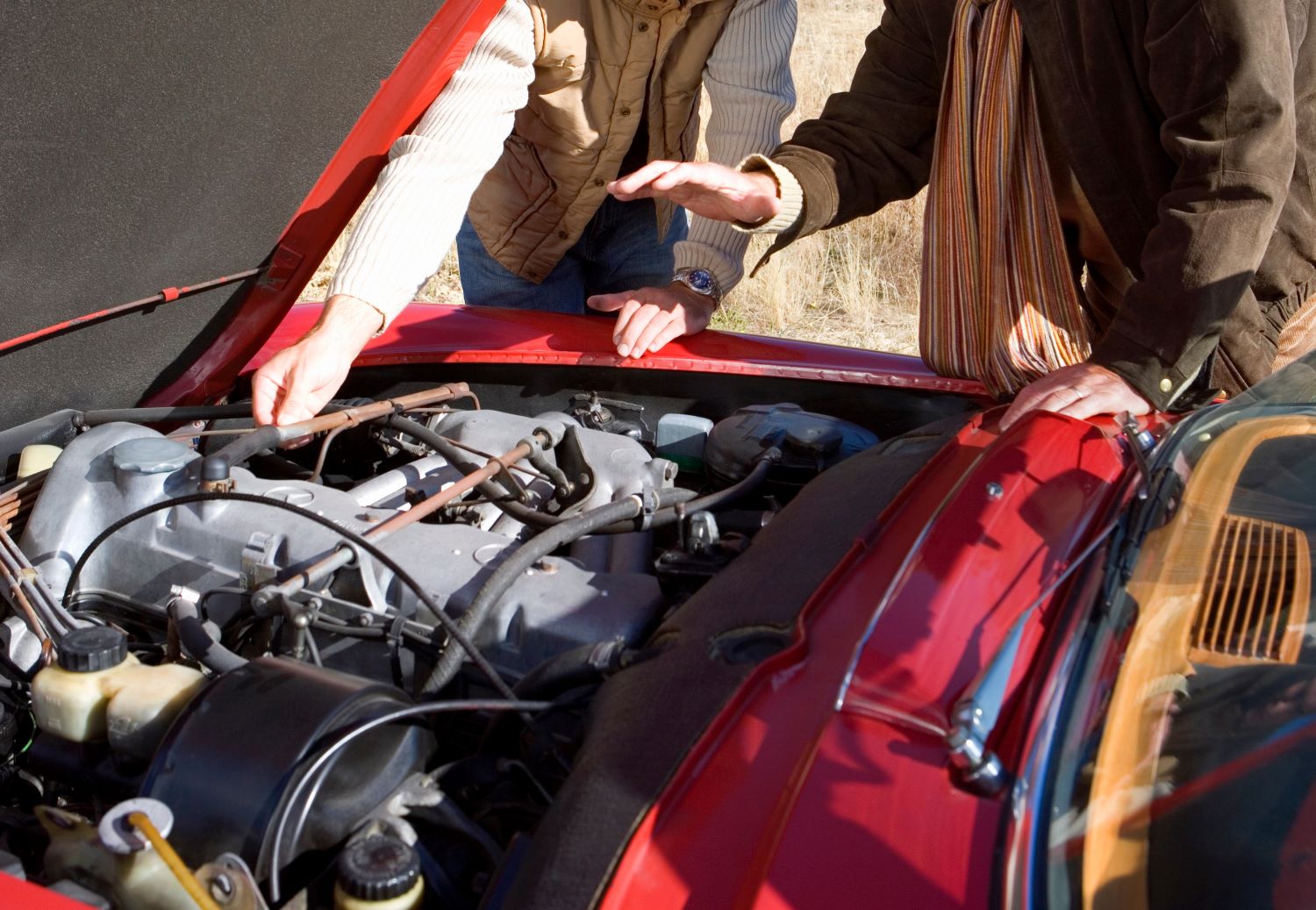The Mystery of Vapor Lock in Cars

Have you ever been stranded on a hot day, your car sputtering and refusing to start? The culprit might be vapor lock, a frustrating and sometimes perplexing issue that can bring your journey to a screeching halt. What exactly is this automotive ailment, and why does it seem to strike when the temperatures rise?
Vapor lock occurs when the fuel in your car's fuel lines, fuel pump, or carburetor turns from a liquid into a vapor due to excessive heat. This gaseous fuel can't be pumped effectively, starving the engine and preventing it from starting or running smoothly. Imagine trying to drink through a straw filled with air bubbles – it's a similar principle. The fuel pump is designed to move liquid, not vapor.
While more common in older vehicles with carburetors, vapor lock can still affect modern fuel-injected cars, although less frequently. Understanding the contributing factors can help you prevent this issue and keep your car running reliably, especially during the sweltering summer months.
The primary cause of vapor lock is heat. High ambient temperatures, combined with the heat generated by the engine itself, can cause the fuel to boil within the fuel system. This is particularly problematic in areas prone to heat soak, where the engine compartment retains heat even after the engine is turned off. Fuel systems in older cars were more susceptible due to their design and materials. Modern cars, with their fuel injection systems and more efficient cooling, are generally less prone to this issue.
Historically, vapor lock was a much more common occurrence. Early automobiles lacked sophisticated fuel systems and cooling mechanisms, making them highly vulnerable to this problem. As automotive technology advanced, fuel injection systems, better fuel formulations, and improved engine cooling significantly reduced the incidence of vapor lock. However, it remains a potential issue, particularly in older or poorly maintained vehicles. Understanding its causes and preventive measures is crucial for any car owner.
One of the biggest challenges associated with vapor lock is its intermittent nature. It can be difficult to diagnose because it often occurs only under specific conditions, such as extreme heat or after the car has been running for an extended period. This makes it challenging to replicate the problem in a repair shop. Solutions often involve improving fuel system cooling, insulating fuel lines, and ensuring proper fuel pressure.
Frequently Asked Questions about Vapor Lock:
1. What are the symptoms of vapor lock? Stalling, rough idling, difficulty starting, and loss of power, especially after the car has been running for a while.
2. Is vapor lock dangerous? While not inherently dangerous, it can leave you stranded. Continued attempts to start the engine while experiencing vapor lock can potentially damage the starter.
3. How can I prevent vapor lock? Park in the shade, ensure your cooling system is functioning correctly, and use a fuel additive designed to prevent vaporization.
4. How can I fix vapor lock if it occurs? Allow the car to cool down. Pouring cold water over the fuel lines or fuel pump can sometimes help.
5. Can vapor lock damage my engine? Generally, no, but repeated, prolonged instances could potentially stress the fuel system.
6. Are modern cars immune to vapor lock? While less common, modern cars can still experience vapor lock, especially under extreme conditions.
7. Does fuel type affect the likelihood of vapor lock? Yes, some fuels are more volatile and prone to vaporization than others.
8. Should I be concerned about vapor lock in winter? No, vapor lock is almost exclusively a warm-weather problem.
Tips and Tricks for Dealing with Potential Vapor Lock Issues:
Keep your fuel tank at least half full to minimize the air space in the tank, which can contribute to fuel vaporization.
Carry a spray bottle of water in your car during hot weather. If you suspect vapor lock, you can spray the fuel lines and fuel pump with cold water to help cool them down.
Consider installing a heat shield around the fuel lines or fuel pump, especially if you live in a hot climate.
In conclusion, understanding the cause of vapor lock in cars, from its historical prevalence to modern preventive measures, empowers car owners to address this potentially frustrating issue. While less common today thanks to advancements in automotive technology, vapor lock can still occur, particularly in older vehicles or under extreme heat conditions. By being aware of the causes, symptoms, and solutions, you can minimize the risk of being stranded by this automotive ailment. Regular maintenance, keeping your cooling system in top shape, and being mindful of parking locations during hot weather can go a long way in preventing vapor lock. Remember, a little preventative care can save you a lot of hassle down the road. Take the necessary steps to protect your vehicle and ensure smooth driving, no matter the temperature.
Intrigue and anticipation exploring in the doghouse manhwa chapter 27
Understanding wg pay scales in oklahoma
The enigma of 129 s classes a deep dive












